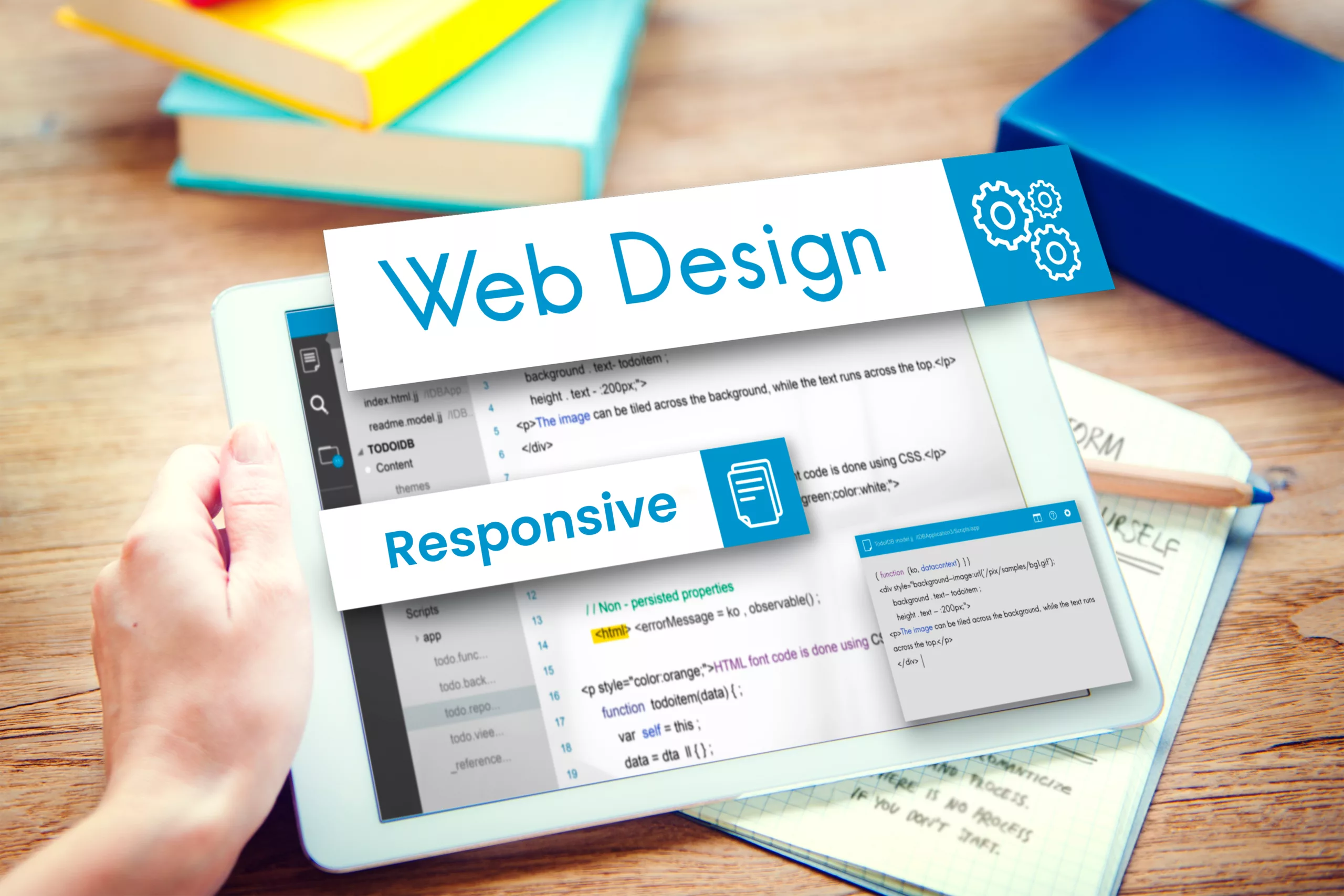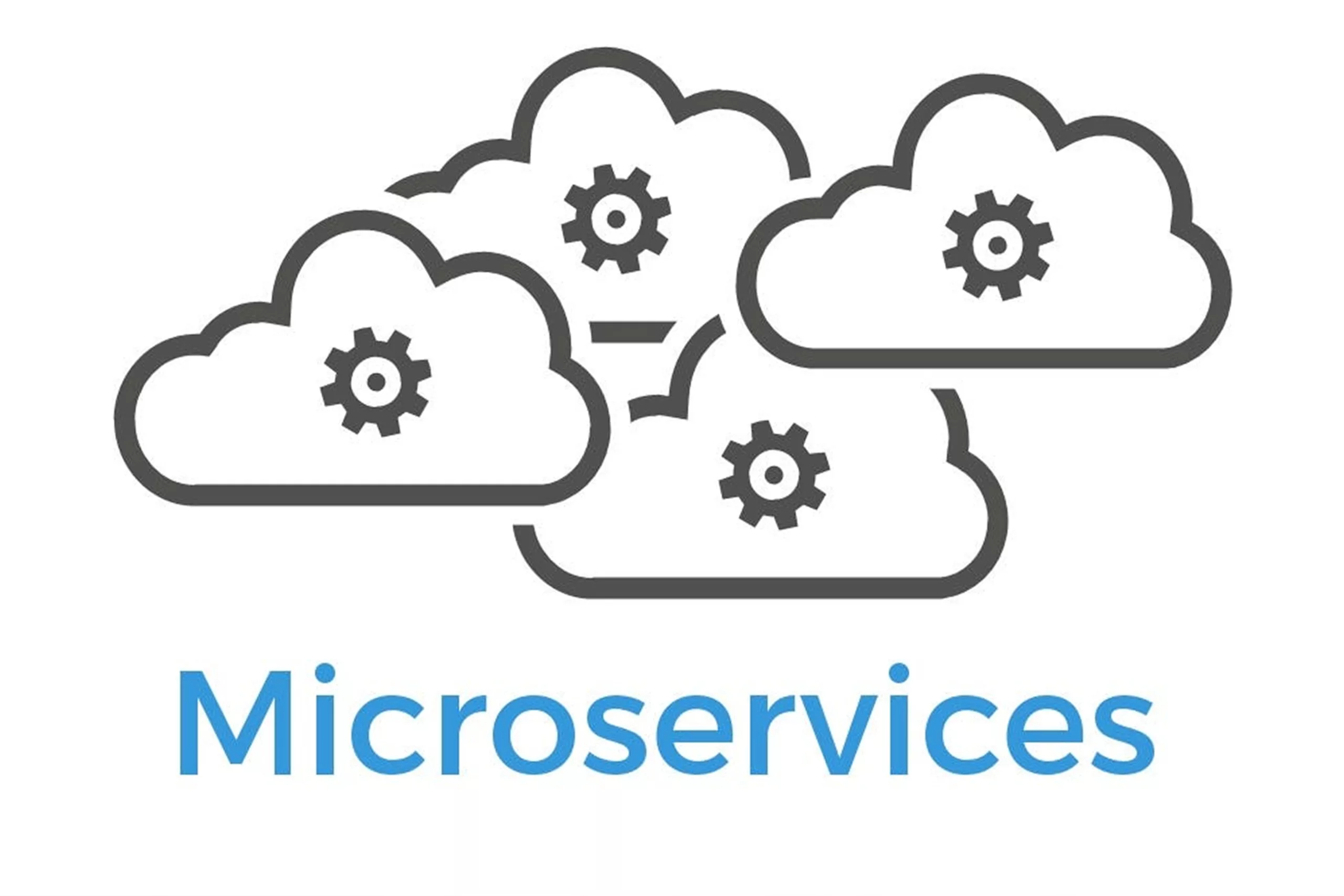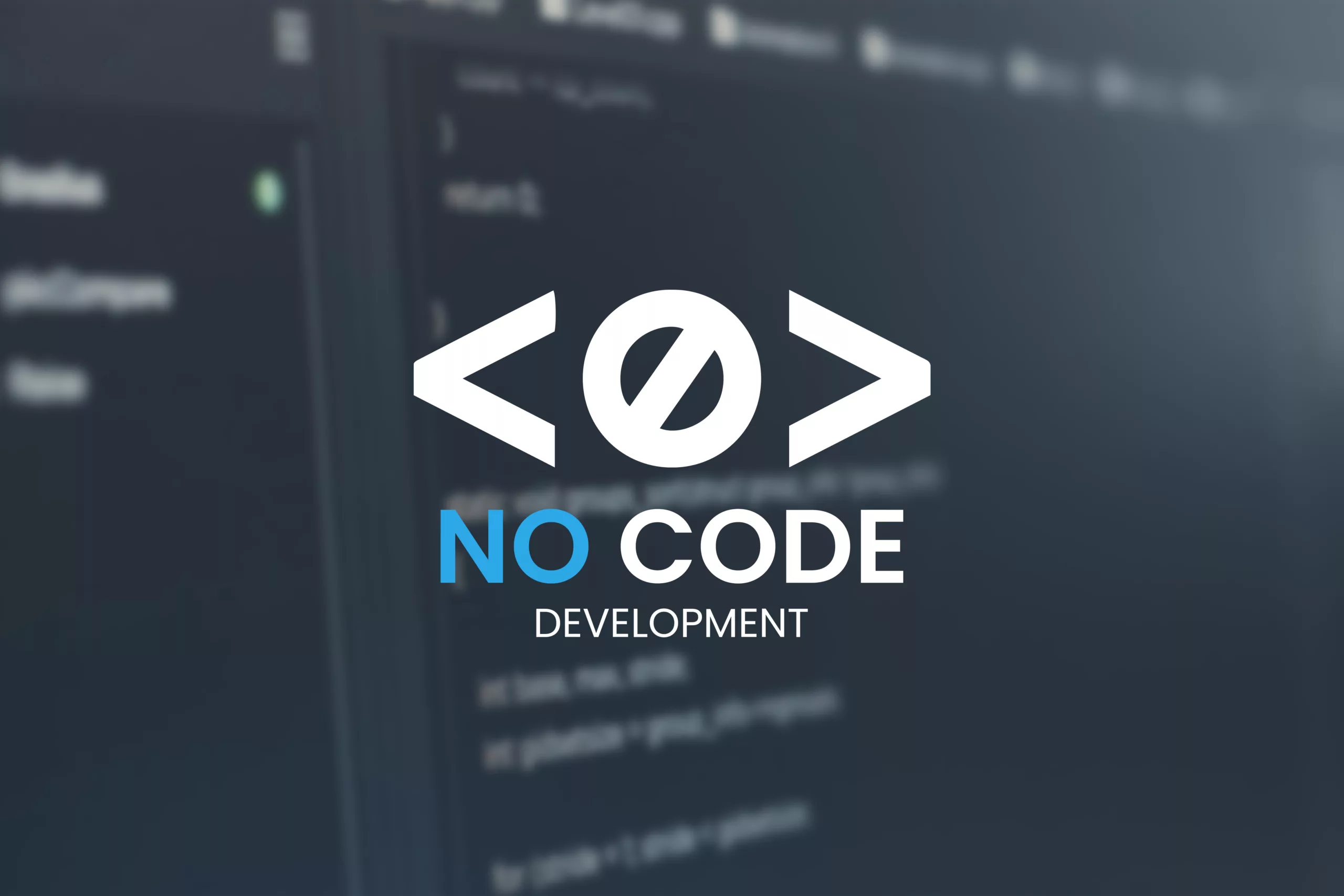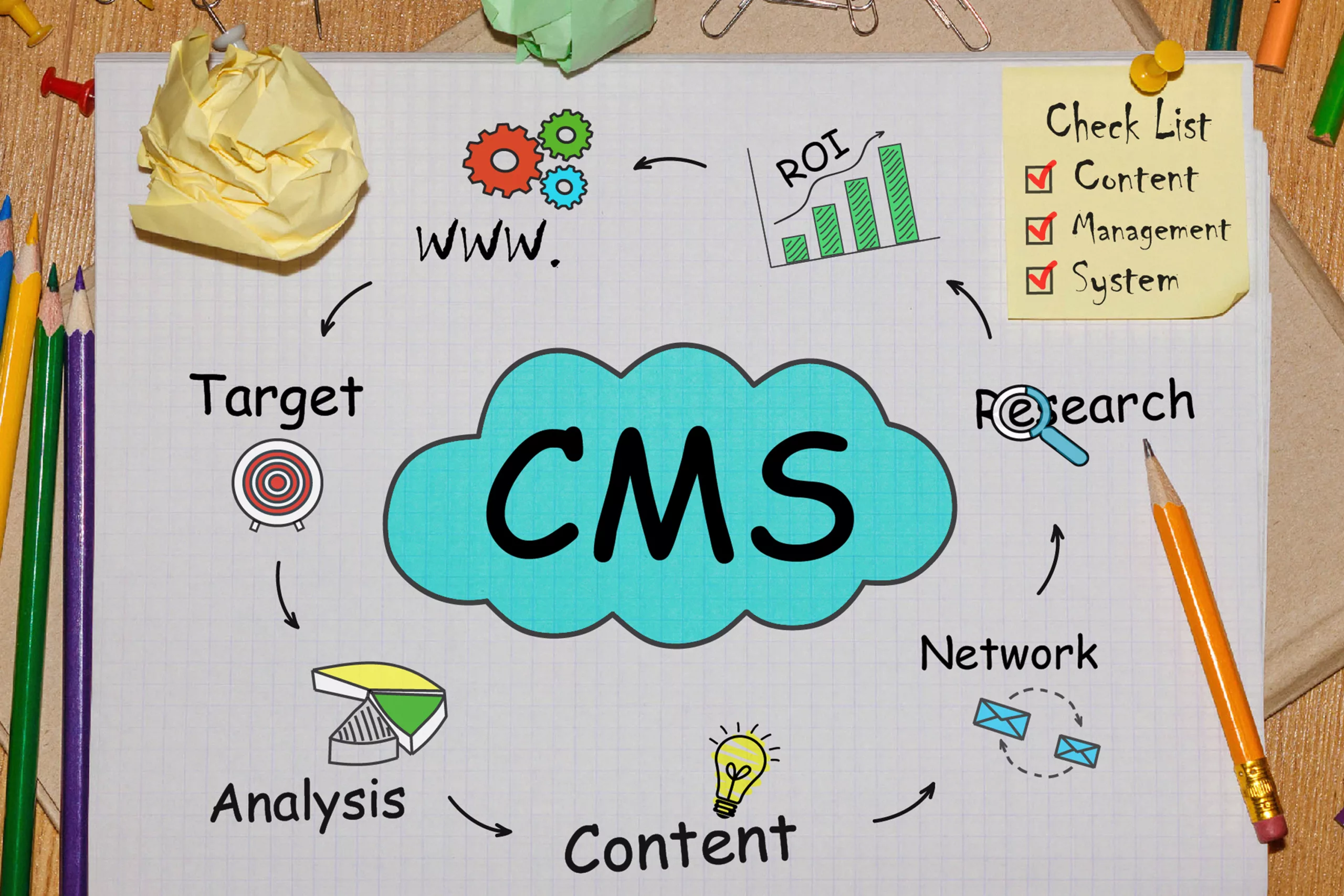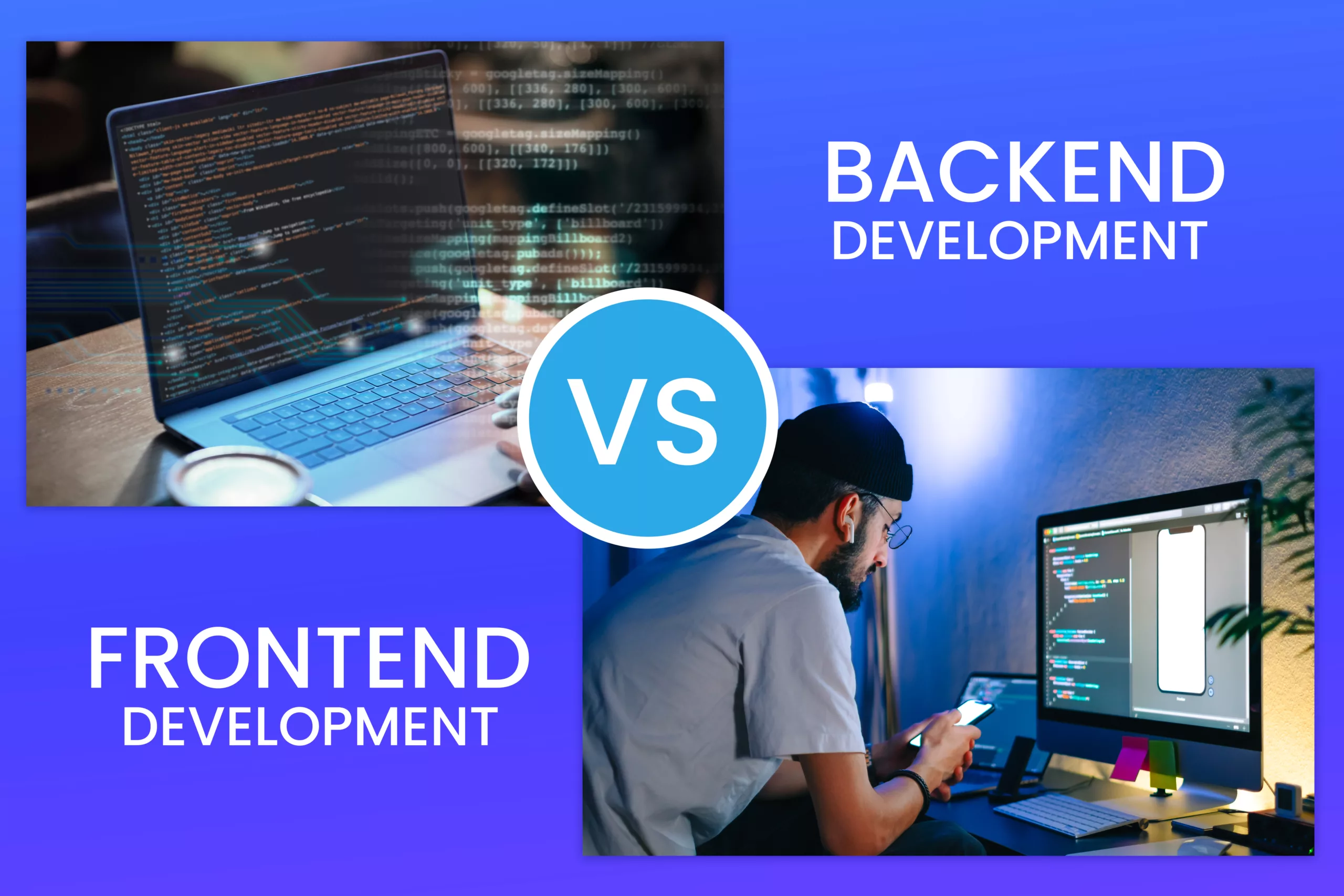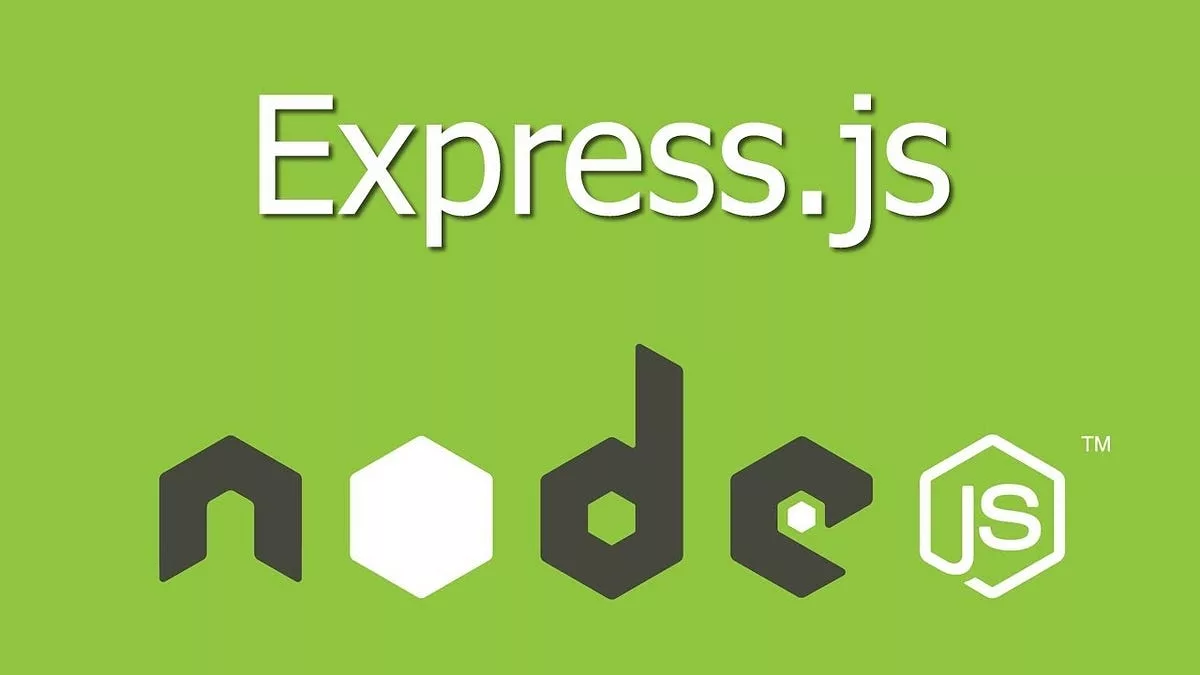If you are a beginner in backend development, you might have heard the term scalability and database optimization. But why are they crucial for your online apps, and what do they even mean? In this blog post, we’ll examine these ideas and discover some advanced backend techniques for enhancing the speed and dependability of your databases.
What Is Database Optimization?

The process of increasing the effectiveness and speed of your database operations is known as database optimization. It involves selecting the appropriate queries, setups, and indexes for your database system.
It also involves analyzing and changing the database structure, query execution plan, and indexing to optimize the database performance. It’s an essential part of data management and should be performed on a regular basis to ensure optimal performance of the database.
What Does “Database Scaling” Mean?

Database scalability is the capability of a database system to efficiently and effectively manage proliferated data and traffic, ensuring top-notch reliability of your web application. It involves building your database system to change with evolving demands and requirements. You can make sure that your web applications can serve more users, deal with more complex queries, and store more data by scaling your database.
Why Are Database Scalability And Optimization Important?

Database scalability and optimization are crucial for providing optimum user satisfaction. It allows backend developers to minimize the cost of maintenance and more. Let’s discuss these benefits in more detail:
Deliver Better User Experience
Your online applications will have a better user experience. Customers demand responsive web applications that respond quickly to their requests and give them the information they require. They may become frustrated and stop using your web applications if your database is slow or unreliable.
Makes Web Applications Budget-Friendly
They make running your web applications less expensive. It costs money to use resources like CPU, memory, storage space, and network bandwidth.
You might have to pay more for hosting or cloud services, make additional hardware or infrastructure investments, or all three if your database uses too many of these resources. Your database can be scaled and optimized to use less space and power.
Provides Availability And Security
They boost the availability and security of your web applications. Your database may be susceptible to failures or attacks that undermine the availability or integrity of your data if it is not optimized or scalable.
For instance, if your database is not correctly indexed, it could be harder to find or update data, which can provide hackers more opportunities to use or corrupt your data. You can safeguard your data and make sure that your online apps are always available by growing and optimizing your database.
How To Optimize And Scale Your Database?

When it comes to scaling and optimizing your database, there’s no size fits all. It requires several techniques and strategies which are dependent on the following questions or situations:
- What’s the type, structure, and complexity of your data?
- What’s the volume, frequency, and diversity of your queries?
- How much is the expected growth rate and peak load of your traffic?
- How much budget and resources are you willing to invest in your web application?
- What are the trade-offs between performance, reliability, security, and cost?
Here are some broad pointers and recommended practices for database scaling and optimization:
Choose The Right Database For Your Web Application
You can choose from three types of databases based on your backend development needs. For instance, relational databases (MySQL, Oracle), non-relational databases (MongoDB, Cassandra), and hybrid databases (Firebase, DynamoDB).
Normalize Or Denormalize Your Data
Normalize or denormalize based on the kind of queries you run. The process of normalizing involves breaking up your data into smaller tables with fewer columns to reduce duplication and inconsistency. Denormalization is a technique for combining or duplicating data into larger tables with more columns to enhance query efficiency.
If you need to ensure data integrity and consistency or if you execute more write operations than read operations, you should normalize your data. If you want to increase query performance and effectiveness or if you execute more read operations than write operations, you should denormalize your data.
Leverage Indexes To Quicken Data Search
Indexes are data structures that keep a portion of your data sorted and enable quicker data search and retrieval. Indexes can help you run queries more quickly. Columns having high cardinality (the number of different values in a column) or primary keys, which are frequently utilized in queries, should also have indexes created on them.
A database’s size and complexity can be increased by adding too many indexes or index columns with low cardinality, which can slow down write operations and update times. Indexes that are no longer beneficial for your queries should be updated or removed.
Optimize Your Queries To Expedite The Data Processing Time
Reduce the quantity of data processed or transferred by optimizing your searches. You must create clear, succinct queries that filter, sort, group, or aggregate your data using the proper operators, functions, and clauses.
Subqueries, joins, and complicated calculations that can increase database processing time or use more memory should also be avoided. To lessen the amount of network bandwidth or storage space needed for your data, you should also restrict the number of columns or rows that your queries pick or return.
Utilize Caching To Store Frequently Accessed Data
Use caching to keep frequently used or computed material in memory. Data is cached when it is kept in a temporary storage space that can be accessed more quickly than a network or disk, such as RAM.
The cache should be utilized when it comes to requesting the data of your web application. That can be in the form of user sessions, authentication tokens, or query results. It’s well advised to ensure you use your cache adequately and keep your database up-to-date and consistent. So you don’t run out of memory in your cache.
Use Replication To Enhance Reliability Of Your Web Application
To duplicate your data across various servers or regions, use replication. It can increase the availability and dependability of your online applications by synchronizing your data across many database instances.
Replication should be used to make data backups that can prevent data loss or corruption in the event of failures or disasters. To lessen the latency or delay of your web applications for users in various areas, you should also employ replication to distribute your data across various geographic regions or zones.
Leverage Sharding To Partition Your Data
Use sharding to divide your data into more manageable parts. The practice of sharding involves breaking up your data into smaller, independent divisions or shards that can be kept on other servers or databases. Instead of improving the hardware or resources of a single server or database, you should employ sharding to extend your database horizontally (by adding more servers or databases).
You can boost the throughput and speed of your database by sharding your data by splitting the load and size across numerous servers or databases. In addition to the many benefits of sharding, you should consider its challenges and complexities.
For instance, you have to choose the right sharding key (the attribute that establishes how to divide your data). You also need to strike a balance between the load and size of each shard. Furthermore, you must ensure that your data across shards are consistent and seamlessly manage cross-shard queries.
How To Choose The Right Database For Your Web Application?

There are three types of databases that you have to choose. Relational, non-relational, and hybrid database systems. Before you make your decision, you should check your budget, the integration of that database with other tools and technologies, and the size and structure of your data. So, there isn’t a definite answer or solution to this query. However, the following general guidelines would help:
Relational Database System
This type of database system is used to handle structured and consistent data and is vertically scalable. Here, the data is seamlessly organized, and database transactions are reliable. Some of the top relational database systems are MySQL, PostgreSQL, and Oracle, used for managing traditional and monolithic web applications.
Non-Relational Database System
Also called a NoSQL database system, it is used to handle unstructured or semi-structured data and is horizontally scalable. This database system is best suited for handling high volumes of data that don’t cause any downtime.
They are also great for handling large data stores expected to grow. Some of the top non-relational database systems include MongoDB, Cassandra, and Redis, among the growing popularity of microservices, cloud, and distributed applications.
Hybrid Database System
It’s used to handle both structured and unstructured data. Hybrid database systems are ideal for applications where you need to run high-speed transactions and execute complex queries on data in real time.
A hybrid database system employs both relational and non-relational databases and overcomes their limitations. It’s the synergy of both these database systems that provides an optimal system, offering high performance, scalability, and reliability. Some of the top hybrid databases are Firebase and DynamoDB.
Conclusion
Building fast, dependable online applications that can handle growing volumes of data and traffic requires database optimization and scalability. You can increase the effectiveness and speed of your database operations by putting some of the tips and tricks covered in this blog post to use. You can also make sure that your web applications can serve more users, handle more complex queries, and store more data without sacrificing their performance and dependability.
Now, database optimization and scalability are quite intricate and may require backend development expertise. This is where VinnCorp comes in to solve follow through problems related to database optimization and scalability.
VinnCorp offers you a Silicon Valley standard backend developer that will boost your database performance, reliability, and security. So, hire experienced backend developers today to bring your vision to life. Get in touch with us.



